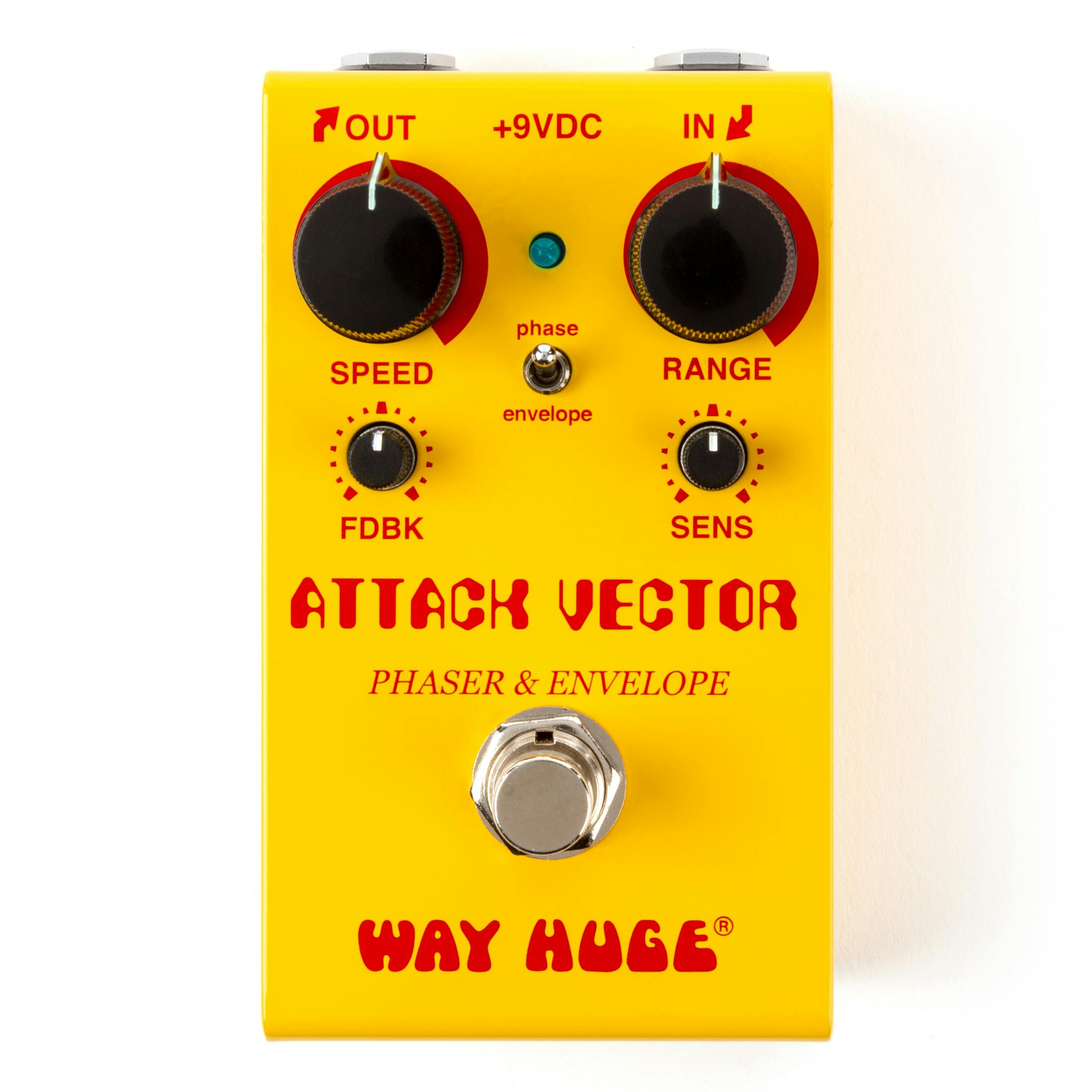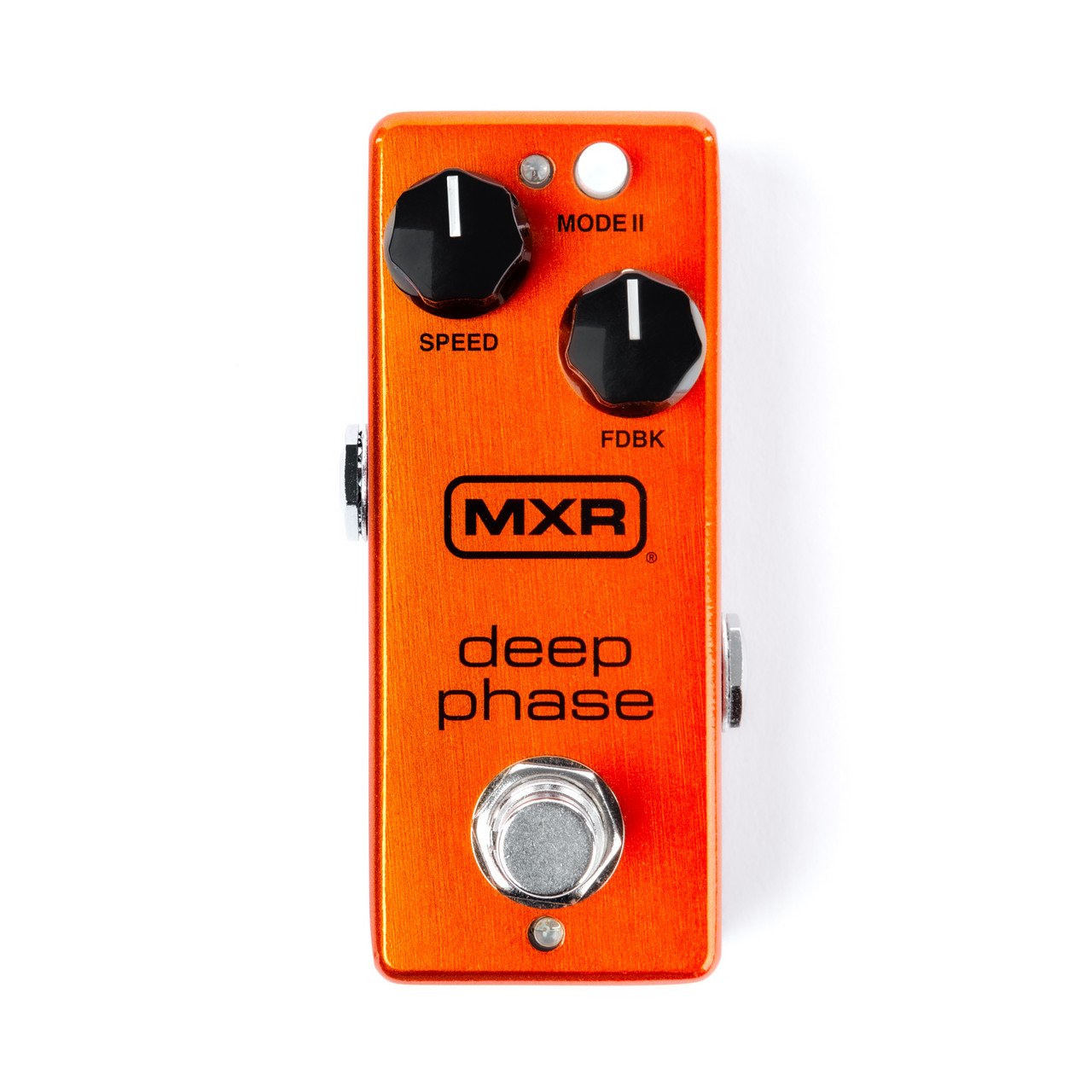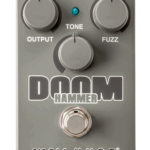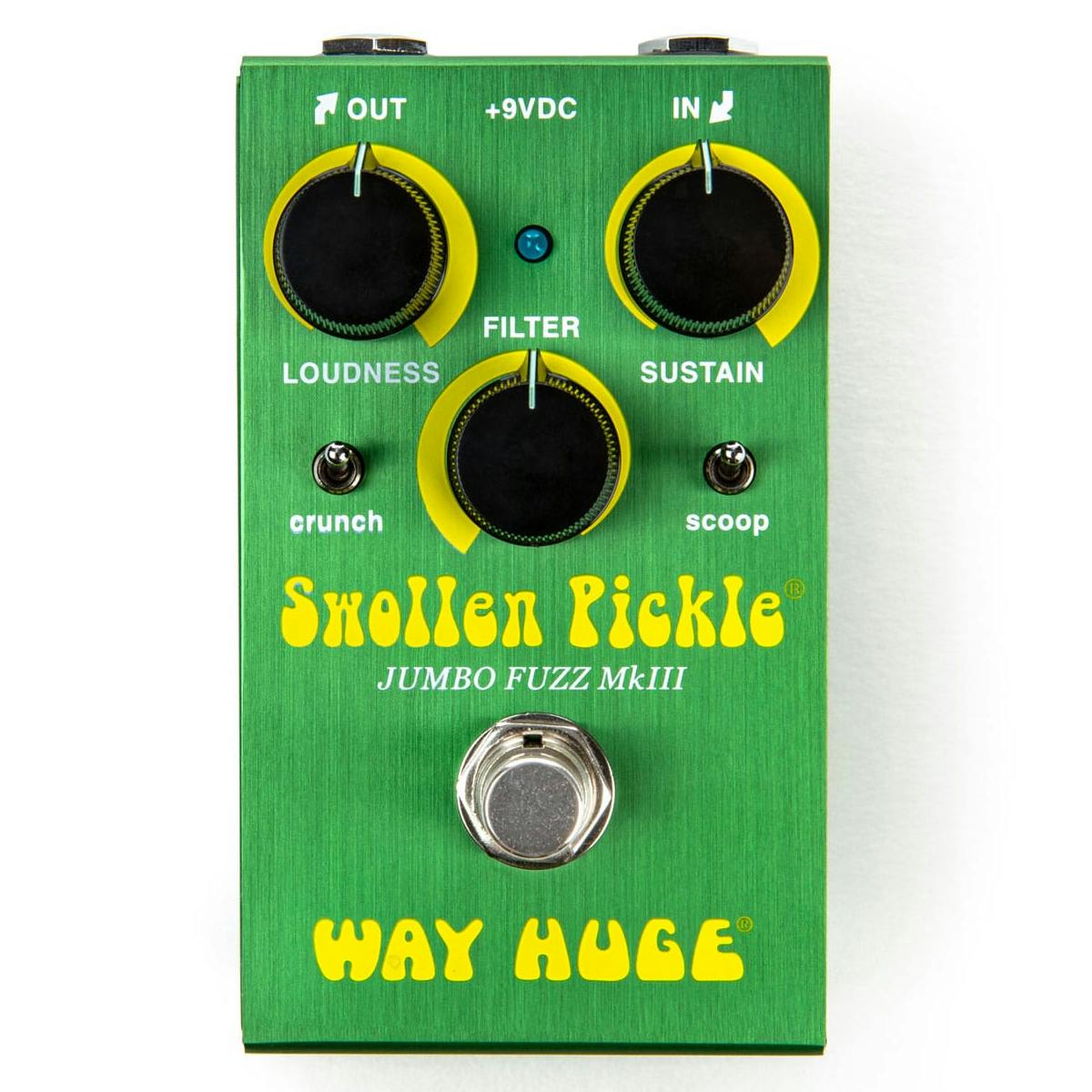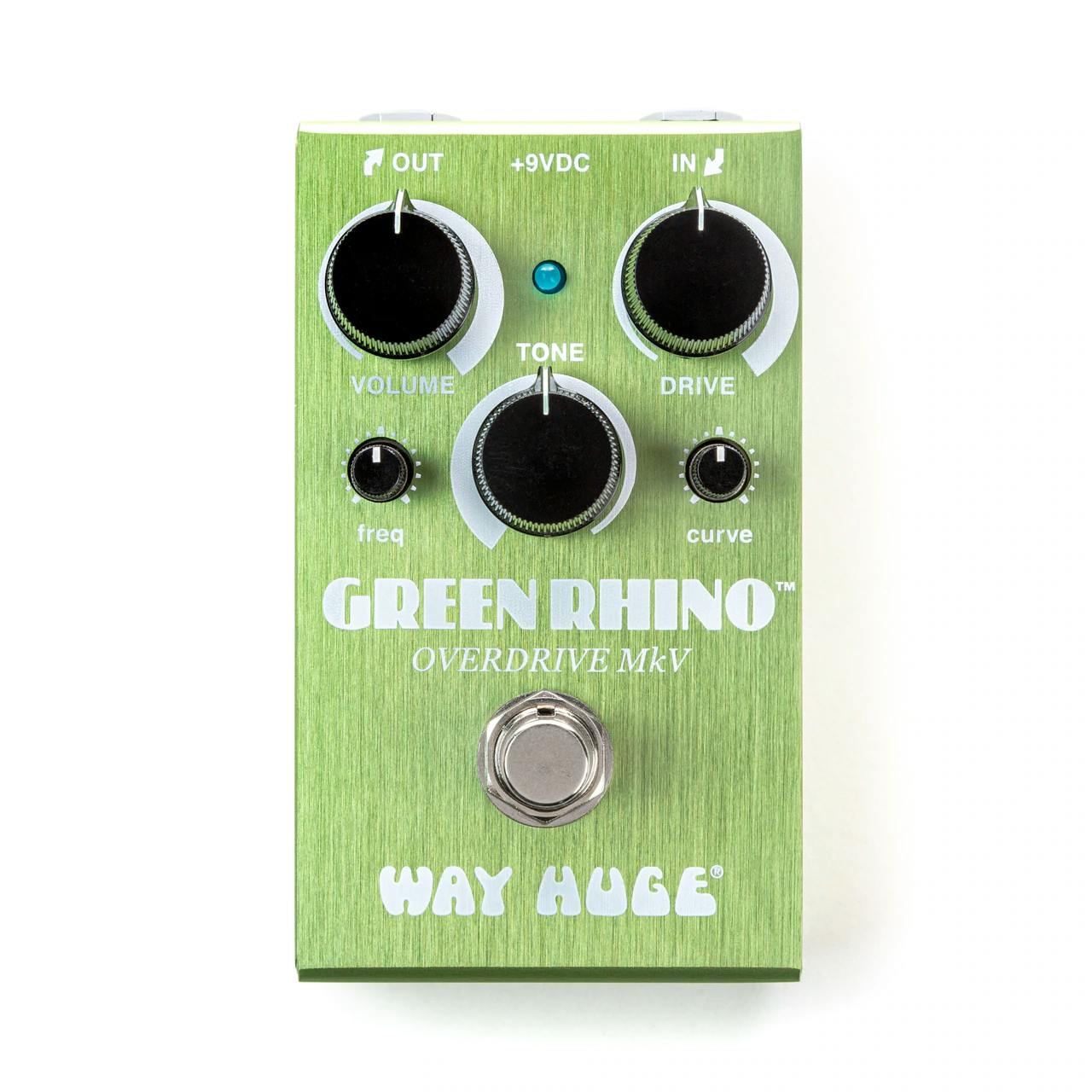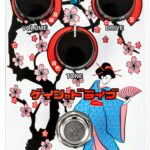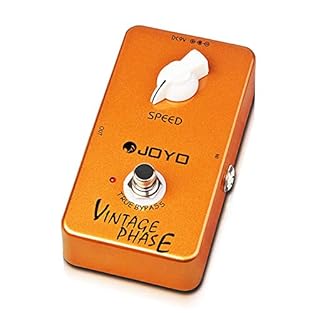Tasty Pedals made by Way Huge
Way Huge Electronics, founded by Jeorge Tripps in 1992, has established itself as a standout name in the world of boutique guitar pedals. The company quickly garnered attention with its distinctive designs, including the popular Swollen Pickle and Green Rhino.
What sets Way Huge apart is its successful blend of classic tones with contemporary reliability. Their pedals, ranging from overdrives to fuzzes, offer a rich variety of sounds that cater to both traditional and modern preferences.
Known for their sturdy build and intuitive controls, Way Huge pedals have become a favourite among musicians looking for unique and dependable effects to enhance their sound.
Just Pedal Ingredients.
Envelope — An envelope filter effect pedal is a type of audio effect that alters the sound of an instrument based on the dynamics of the player’s performance, specifically how loudly or softly they play. It works by using an envelope follower, which tracks the amplitude (volume level) of the signal and controls a filter that modulates the sound accordingly. The result is a distinctive sound where the filter’s cutoff frequency is swept up or down in reaction to the player’s attack, creating a “wah” or “quack” effect.
Envelope filters are commonly used in genres like funk, electronic, and rock to add a dynamic, expressive quality to the sound. The pedal can produce a range of tones, from subtle, smooth sweeps to more pronounced, percussive filter effects. The effect is most noticeable when playing with strong dynamics, such as heavy picking or fingerstyle playing, as the intensity of the filter changes in real-time. Some popular envelope filter pedals include the Electro-Harmonix Q-Tron and the MXR Envelope Filter, both of which allow players to shape the effect’s response with adjustable sensitivity, attack, and filter range for greater tonal control.. Pedal — Your pedal is like a signature dish for your sound — a flavour-packed creation that transforms the bland ingredients of your guitar into something unforgettable. Each one adds its own seasoning, texture, and heat, turning a simple meal into a feast of tone.
These tasty little boxes sit in a row, like plates on a buffet, letting you mix and match flavours as you play. With one tap of your foot, you can swap sweet for spicy, subtle for smoky, and serve up something completely new. From the comfort food of warm overdrive to the fiery kick of fuzz, from smooth jazz sauce to heavy-metal spice, pedals give players a full menu of options to express their taste. And just like with food — once you’ve tried one dish, you’ll want to sample them all.
Collecting, trading, and discovering new flavours soon becomes part of the joy of being a tone-loving gourmet geek with a guitar.. Phaser — A phaser is a type of guitar effects pedal that creates a swirling, sweeping sound by modulating the phase of the audio signal. It works by splitting the incoming signal into two paths, shifting the phase of one path, and then recombining them. This creates peaks and troughs in the frequency spectrum, resulting in a distinctive, “phasing” effect characterized by moving notches in the frequency response.
Here’s how a phaser pedal typically works and some common features:
1. **Rate**: The rate control adjusts the speed at which the phase-shifting effect oscillates. Increasing the rate produces faster modulation, creating a more pronounced swirling effect, while decreasing the rate slows down the modulation for a smoother, more subtle effect.
2. **Depth**: The depth control adjusts the intensity or depth of the phase-shifting effect. Higher depth settings result in more pronounced peaks and troughs in the frequency response, while lower settings produce a more subtle modulation.
3. **Feedback (or Regeneration)**: Some phaser pedals feature a feedback control that determines the amount of modulated signal fed back into the effect. Increasing the feedback creates more pronounced peaks and troughs in the frequency spectrum, resulting in a more intense and resonant phasing effect.
4. **Stages**: Phasers typically have multiple stages (usually four, six, or eight), each of which contributes to the overall phase-shifting effect. More stages generally result in a more complex and textured phasing sound.
5. **Sweep (or Manual)**: The sweep control adjusts the center frequency of the phase-shifting effect. This allows you to focus the phasing effect on specific frequency ranges, altering the tonal character of the modulation.
6. **Resonance (or Feedback)**: Some phaser pedals feature a resonance control that emphasizes the peaks and troughs in the frequency response, creating a more pronounced and resonant effect. This control can add richness and depth to the phasing sound.
Phaser pedals are commonly used in various music genres, including rock, funk, and psychedelic music, to add movement, depth, and texture to guitar tones. They can be used to create swirling, swirling effects on rhythm parts, add dynamics to lead lines, or create atmospheric textures for ambient music. Overall, phaser pedals offer guitarists a versatile tool for shaping their tone and adding expressive modulation effects to their playing.. Smalls.

